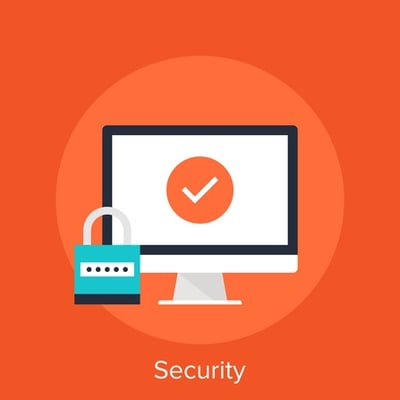
Digital technology has dramatically altered how we manage our data. Instead of dealing with more paperwork than a single person is strong enough to carry, we are able to store millions of documents on a device smaller than a human hand. Instead of shipping copies of paperwork via mail or courier, we can deliver a communication in seconds via a slew of online file sharing options. From sharing documents faster to storing them more effectively, digital technology has provided us with many data management upgrades.
Alongside of these benefits come a unique set of challenges, especially when it comes to information security. If you are using the same information security policy for your digital documents that you were using when you relied solely on paper, then you are making a big mistake. You need to have a digital information security policy to go alongside of your digital assets.
Why should I change my information security policy when it has worked for years?
Most pre-digital information security policies consist of preventing sensitive data from getting outside of the building and keeping unauthorized personnel away from it. A policy like this works incredibly well – for documents that can only be accessed physically.
Digital documents can be shared and accessed via the web; this presents a brand new set of information security concerns, including:
- Destructive viruses/malware
- Accidental sharing of confidential documents
- Damaged files
- Remote hacking
How to implement a digital information security policy that works
Secure your entire document management system
Antivirus software is an outstanding front line of defense against digital attacks, but if a hacker gets past these defenses and you have no other form of security, then your data is theirs for the taking. Your document management system should encrypt your data, both as individual files and as data transmissions, to stop people from stealing your data. This works because encryption scrambles your data so that it is unreadable to all who aren't supposed to be reading it.
Develop a clear set of information security rules for your employees to follow
Your employees, no matter how dedicated, are the number one threat to your company's information security. Studies have shown that at least 76% of all data breaches start with an employee error, such as weak passwords or accidental file sharing. Prevent this by creating a set of information security rules that every employee should follow. This should include the following examples:
- Mandatory password changes every few months
- Use the company's internal email system for all business-related communications
- Never open a file attachment from an unknown source
- Never open suspicious file attachments from known sources without first directly contacting the owner of the email address to confirm that their email has not been hacked
- Use complex password creation measures (mandate capital and lowercase, special characters, numbers, certain password lengths, etc.)
Lock your employees out of the system as soon as they part ways with the company
Whether they resigned, were terminated or got laid off, former employees present a major security threat to your company. They may decide to access your company's confidential files for one reason or another, and this can be disastrous for your company. Because of this, nobody should have even a minute of authorization after they leave – be sure that you have a plan to immediately revoke a person's access to confidential information as soon as they leave the company.
Prepare your company for the digital era on all fronts
Successfully implementing digital technology means taking steps to avoid the threats that it comes with. Make sure that your information security policy does this.

